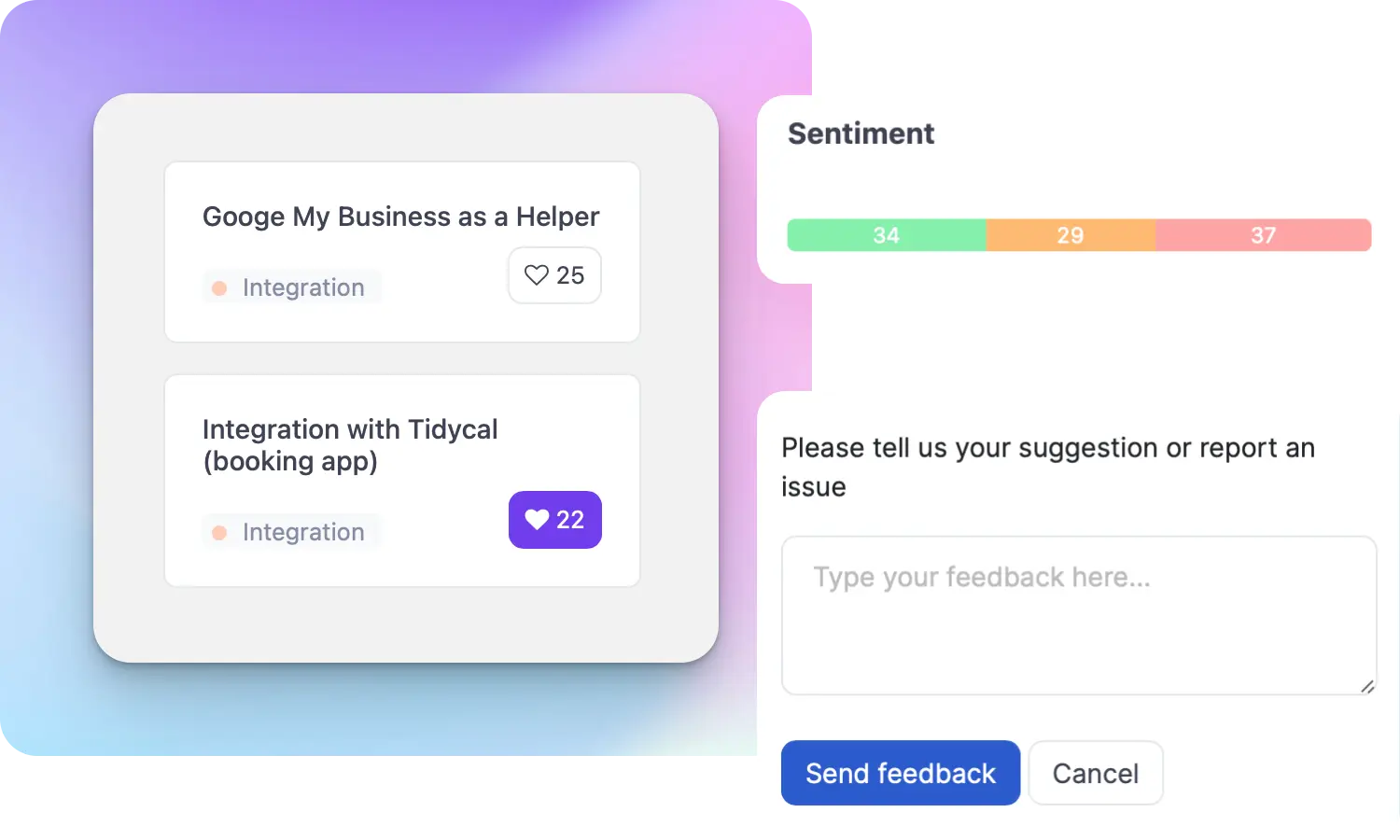What is a Product Life Cycle?

Ruben Buijs
The Product Life Cycle refers to the stages that a product goes through from its introduction to its eventual decline in the market. It is a useful framework for Saas product managers to understand and manage their products effectively.
Examples
Let's take a look at an example to illustrate the concept of the Product Life Cycle. Imagine a Saas product called "TaskMaster" that offers project management solutions:
-
Introduction: TaskMaster is introduced to the market, targeting small and medium-sized businesses. It aims to provide an intuitive and feature-rich project management tool to streamline team collaboration.
-
Growth: As TaskMaster gains visibility and positive reviews, its user base expands rapidly. More businesses adopt the software, leading to increased revenue and market share.
-
Maturity: TaskMaster reaches a point where it has saturated the market. Competitors emerge, offering similar project management solutions, making the competition fierce. The growth rate slows down, but the product retains a significant market share.
-
Decline: Over time, new project management tools with advanced features and better user experience gain popularity. TaskMaster starts losing customers, and its revenue declines. The product becomes outdated and less relevant to the evolving market needs.
Importance
Understanding the Product Life Cycle is crucial for Saas product managers as it helps them make informed decisions throughout the product's journey. Here's why it is important:
-
Planning and Strategy: By analyzing the Product Life Cycle, product managers can develop effective strategies for each stage. They can plan product improvements, marketing campaigns, and pricing strategies accordingly.
-
Resource Allocation: Knowing the current stage of the product allows product managers to allocate resources efficiently. They can focus on areas that require attention, such as product enhancements during the growth stage or cost optimization during the decline stage.
-
Competitive Advantage: Understanding where the product stands in its life cycle enables product managers to identify opportunities for differentiation. They can work on unique selling propositions and innovations to maintain a competitive edge.
How to Use it
To effectively use the Product Life Cycle framework, follow these steps:
-
Research and Analysis: Gather data on market trends, customer needs, and competitors to determine the stage at which your product currently resides.
-
Tailor Strategies: Based on the identified stage, develop strategies that align with the specific needs of that stage. For example, during the introduction stage, focus on creating awareness and generating interest among potential customers.
-
Adaptation and Innovation: Continuously monitor the market and adapt your product to changing customer preferences. Innovate to stay ahead of the competition and extend the product's life cycle.
-
End of Life Decision: When the product reaches the decline stage, evaluate whether it is worth investing in revitalization efforts or if it is time to retire the product. Make data-driven decisions to mitigate losses.
Useful Tips
Consider these tips to make the most of the Product Life Cycle framework:
- Conduct regular market research to identify emerging trends and opportunities.
- Monitor customer feedback and adapt the product to meet evolving needs.
- Stay agile in your approach and be ready to pivot or introduce new features to extend the product's life cycle.
- Collaborate with other teams, such as marketing and sales, to align strategies and maximize the product's potential.
- Keep an eye on competitors' products and strategies to stay ahead in the market.
Related Terms
- Market Research
- Competitive Analysis
- Product Development
- Pricing Strategy
- Product Differentiation
- Customer Segmentation
- Product Launch
- Product Portfolio
- Product Roadmap
- End of Life Decision





